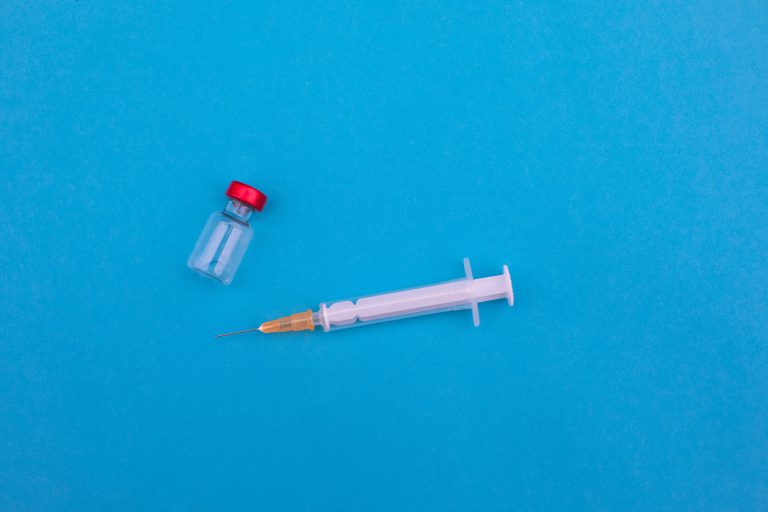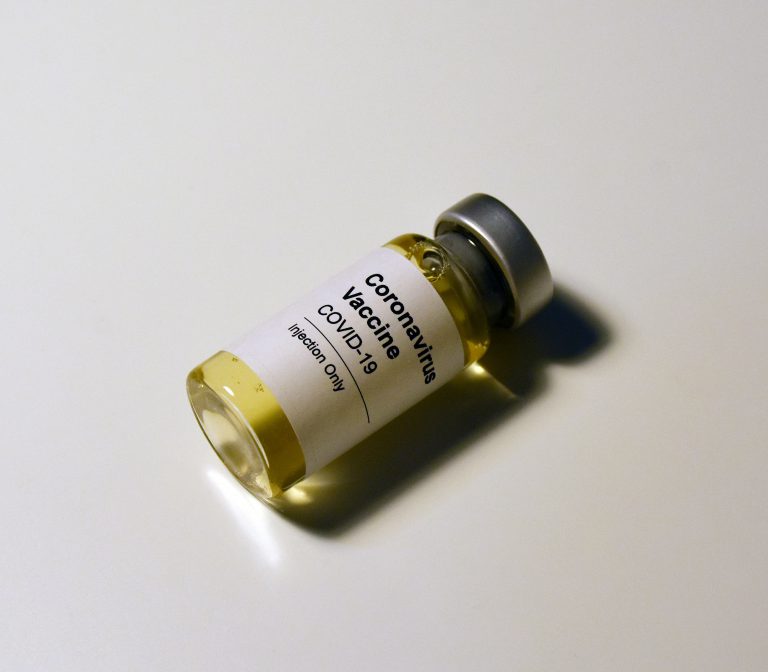There are many causes of cardiovascular problems, ranging from genetic disorders to poor lifestyles. Nevertheless, cardiovascular disease has claimed many lives worldwide and is one of the leading causes of death.
For this reason, it is vital that medical institutions worldwide implement the latest technologies when it comes to monitoring and intervening in cardiac emergencies. The great news is that with new technological advances, caring for a patient with such conditions has become a lot more manageable.
How technology has supported cardiology
One of the most significant technological achievements is that of artificial intelligence. In many industries, AI has played an enormous role in extrapolating useful information from an ocean of data, allowing companies to improve their performance and productivity.
As for the medical industry, AI has integrated into various machines, such as cardiology equipment used for early detection and pattern recognition. This has allowed cardiologists to quickly locate the source of the problem and take the necessary action.
Another fantastic technological upgrade that the medical industry has enjoyed is wearable technology. For instance, people can wear smart devices on their wrists and fingers, all of which can monitor their heart’s condition. Some can produce miniature electrocardiograms, allowing cardiologists to carefully monitor the status of the heart while operating on it. With such wearables, the wearer can quickly be notified of any potential problems, ensuring that the issue is addressed promptly before it is too late.
Virtual and augmented reality (VR and AR) have also played a vital role in cardiology. The primary use of these two technologies is to train medical professionals, creating an immersive virtual environment for cardiologists to practice their skills before applying them in the real world.
For example, with the help of VR and AR, learning the use of brand-new technologies and updated surgical procedures is now simpler. As a result, the risk of something going wrong during a real procedure is minimized, as the doctor has trained countless hours on it beforehand.
Finally, structured data analytics have made the process of documenting reports much easier. Rather than having stacks of paper with life-saving information sitting around, this technology allows doctors to quickly get a full view of a patient’s health without spending too much time going through each document.
Simply put, structured analytics quickly combine useful information and simplifies it for the cardiologist to easily understand. This has allowed for more well-informed decisions in terms of what procedures to take and what recommendations to make.
Conclusion
Technology has been extremely beneficial in improving the level of care medical institutions provide to their patients. It has also made medical professionals’ jobs much easier in the process.
In other words, advances in technology have provided a win-win for both practitioners and patients, allowing both parties to enjoy a much better experience overall.
If you have not implemented new technologies in your cardiology department yet, we recommend that you do. With the help of brand-new tools, you can deliver quality services that will leave your patients healthier and happier.
Dose of Healthcare is your source of the latest health and medical news in the healthcare industry. Check out our other posts and subscribe to our newsletter to keep yourself informed.



















